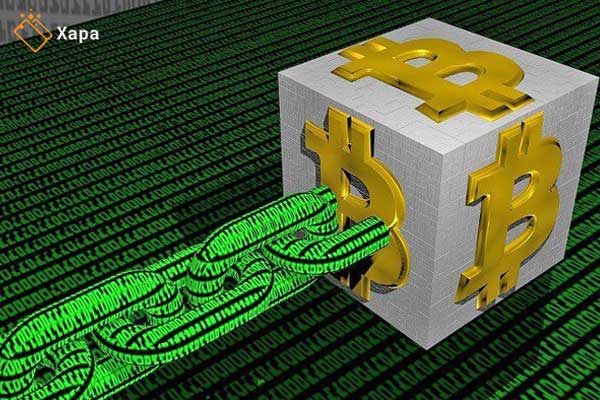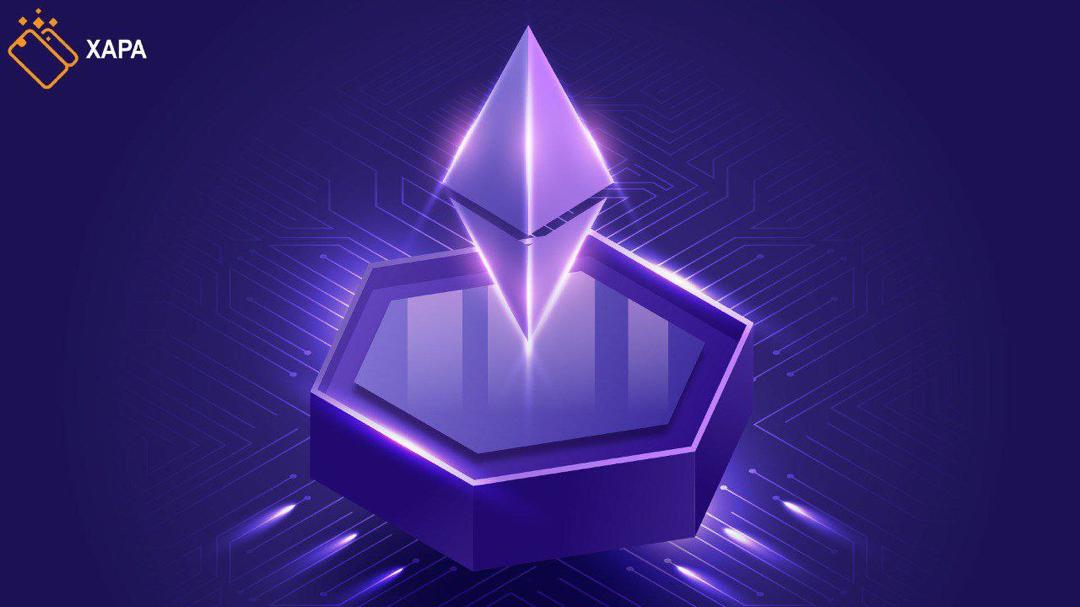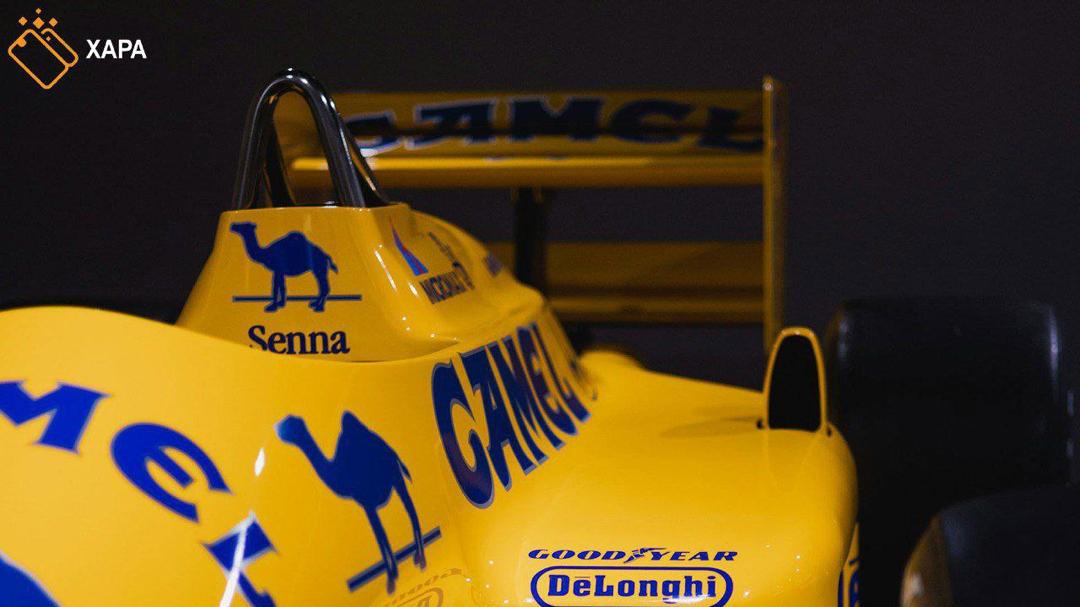
In accordance with the Ethereum live chart , the reason why Bitcoin was and still is important is quite clear: Bitcoin is a decentralized cryptocurrency and allows everyone to transfer money from place to place in seconds, and no bank, institution, or government can control it.
Block headers are used to identify a specific block in the entire blockchain and are repeatedly hashed to create a proof of work for extraction bonuses. Blockchain consists of a series of different blocks used to store information about transactions that occur in a blockchain network. Each block has a unique header, and each of these blocks is identified separately by its block header hash.
In this article, we intend to examine the block header in the concept of blockchain fully.
What do you know about Block Header?
Bitcoin includes technologies that are as important as cryptocurrency. Although the blockchain may not yet be fully known, it is probably the most important invention of the last twenty years. Blockchain is a part of our modern technology that is becoming more and more popular in various industries. As with all modern technologies, there are many technical issues and small but important aspects and points hidden from the public eye. This article will address a topic often overlooked, but a significant feature of the Bitcoin blockchain is the block header.
To understand exactly what a block header is, you must first know the blockchain. Invented by Satoshi Nakamoto in 2008 with the introduction of Bitcoin, blockchain is a general ledger for transactions and a history of transactions protected by cryptography. A blockchain is a data structure designed to store transactions in a set of interconnected blocks.
Bitcoin blockchain consists of a set of different blocks used to store information related to transactions on the blockchain network platform. The block contains a unique header, and its own block header hash identifies each block.
Block headers on the Bitcoin network are used to identify specific blocks throughout the blockchain and are frequently hashed to prove work for the Mining Prize. There are many topics to talk about because blockchain is a complex and exciting technology, but we try to explain it most simply in this article. Each block in the Bitcoin blockchain contains a list of transactions. In fact, the block structure consists of two main elements: the block header and the transaction list.

Requirements block header
Requirements for block header
The block header contains three sets of block metadata. It is an 80-byte string and consists of a 4-byte bitcoin version number, a 32-byte previous block hash, a 32-byte Merkle root, a 4-byte long block of time, and a 4-byte long. A difficult target for blocks and nonce long 4 bytes used by miners.
Block header structure
The content of the header block has a unique identifier called the hash block header. Each block header in the Bitcoin network consists of several main sections: previous hash block, time record, hardness and nonce, Merkle tree root.
Previous Block Hash
The previous hash block is available in all blockchain blocks. And is the factor that connects the blocks, which itself provides security for the blockchain. And it is a kind of important data for the blockchain.
Timestamp
A blockchain is a place for information archiving; recording transaction time information is important and useful for tracking transaction information.
Difficulty and Nonce
To find Nonce, the number of zeros must be found for the miners to receive their rewards and rewards. They do this by using trial and error through permutation. Miners need a number in the blockchain to find the hash function, which is nonce.
Merkle Tree
One of the header blocks is the Merkle tree. The Merkle Tree is a tree with zero and one data. Whose leaves are encrypted hashes? And it has had a positive effect on the performance of cryptocurrencies. Merkle’s root consists of all hashes of hash transactions.

information about block header
The version number is used to track updates and changes to the Bitcoin protocol. The previous hash header is the content that attaches to the previous block and secures the chain. The hash block is responsible for identifying blocks in the Bitcoin blockchain. In short, each block in the Blockchain is specified by its block hash header. Each block is uniquely identified by a hash number obtained by hashing the block header again using the SHA256 algorithm. One important point is that the hash header is not stored in the block structure. Instead, it is calculated by each node because the block is received over the network.
The desired hardness of the block is the number of zeros that must be found when hashing the bitcoin block header to reach the specified level of proof of work. The nonce is a value that miners change to try different permutations to achieve the desired level of difficulty. The Merkle tree is probably the most complex part of the block header.
The Merkle tree is a binary tree that contains encrypted hashes on its leaves. In bitcoin, the Merkle tree is created from the repeated hashing pair of nodes until a hash is named after the Merkle root.
More information about block headers
It can be considered that the block header is a kind of metadata on the block of transactions. The header is an 80-byte chain, which includes the 4-byte bitcoin version number, the 32-byte previous block hash, the 32-byte Merkle root, and the 4-byte block time record 4-by-4 hardness. The byte and Nonce used by Miner are 4 bytes in length.
For example, the block header for the 123,456 bitcoin block is as follows:
“010000009500c43a25c624520b5100adf82cb9f9da72fd2447a496bc600b0000000000006cd8623703
95dedf1da2841ccda0fc489e3039de5f1ccddef0e834991a65600ea6c8cb4db3936a1ae3143991 ″
Key points about block headers
Block header detects individual blocks in the blockchain.
They are gone to prove the work for extraction prizes.
The blocks are layered vertically and start from the “genesis block.”
Each block header contains three sets of block metadata and several separate components.
Bitcoin version number helps you keep track of changes to the protocol.
Conclusion
Block header is the most important content of any block in the blockchain. Although blockchain headers are essential for the bitcoin ecosystem, they are often overlooked. However, if you really want to know how the Blockchain works, learning more about it should be your top priority. We also suggest that To improve your knowledge in the field of cryptocurrencies, read the article Which one has a better future? Bitcoin or Ethereum?





